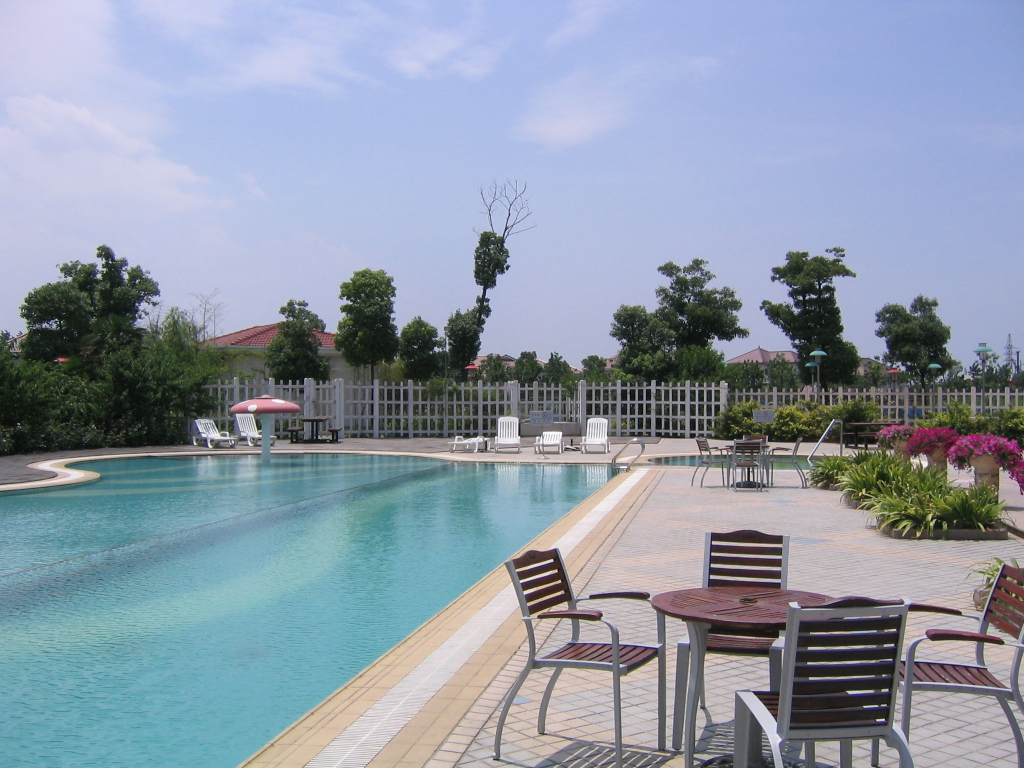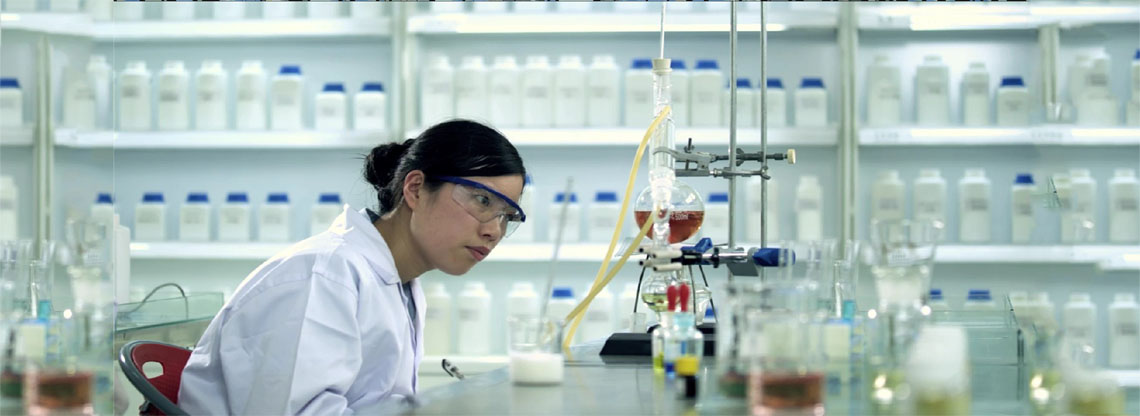Alkalinity and PH in Swimming Pools
Alkalinity and PH are the two most important measures of a swimming pools makeup.
The pH level is likely the most important of the two but if the alkalinity is not balanced first, you will never be able to control your pH. The pH simply tells you how acidic your pool water is, and is measured on a scale of 0-14. The best range for pH in pools and spas is 7.2-7.6.
If the pH and alkalinity are not balanced you will see various problems with your water. For example, scaling, cloudy water and eye irritations are just a few of the problems you might experience.

backyard swimming pool (Photo credit: Wikipedia)
High PH: High PH equals less acidic water and your water will have a tendency to cause scaling or calcium deposits on the tile and in the filter system. This could also be the cause of cloudy water.
pH can also affect how efficient the chlorine is in your pool. When pH is at 8.0, only 20% of your chlorine will be working available chlorine. 7.6 pH level, will yield 45% efficacy and at 7.2 – 66% of your chlorine will be effective.
You can lower your pH by adding an acid. Liquid muriatic acid can be used, or you can use granular Sodium Bisulfate, commonly sold in a package labeled pH down, pH minus or pH decreaser.
PH: Low PH equals very acidic or corrosive water. This can damage copper heat exchangers and other metal surfaces in the pool or pool equipment, and cause pits to occur in plaster pool surfaces and vinyl liners to weaken.
Additional problems might be, eye irritation, itchy skin and brittle hair. If this happens you would add a bit of pH increaser will raise the pH level. I suggest adding increaser and decreaser in tiny amounts, and continue to test the PH again.
Its important to understand that anything that falls into your pool has a pH. For example, rain water or leaves. Large groups of swimmers can drastically affect your pH level.
Alkalinity measure’s of the alkaline materials that are in the water. Some alkalines in the water are needed to serve as “buffers” for the pH. Total Alkalinity should be between 80-120 ppm (parts per million). Always adjust your alkalinity measure first and then work on the pH. Alkalinity and pH are closely related and both are influenced by the other.
High Alkalinity: When the alkalinity is too high, the pH could drift to an extremely high level very easily. If this happens, it can be difficult and slow to get it back down to normal. If the alkalinity is too high, you could see signs of scaling and very cloudy water. If this should happen, you can bring your alkalinity down with pH decreaser. pH down is used to lower the alkalinity as well as the pH in your pool water.
Low alkalinity: When the alkalinity is low it will be very hard to control the pH. Its common to have the pH measurement bouncing all over the place. Low alkalinity can also be very corrosive, eating away at pool surfaces as well as the pool equipment. You should add Alkalinity Increaser to combat low alkalinity. This is commonly referred to as Alkalinity Plus or Alkalinity Up. After the alkalinity adjusted, you then adjust the pH.
Balancing: If you continue to have problems keeping the pH and Alkalinity balanced, there is a product called ahh-some which will help to resolve the problem
Making sure your pool water is balanced is extremely important so the pool and equipment remain safe. Besides you want your swimmers to be safe.


